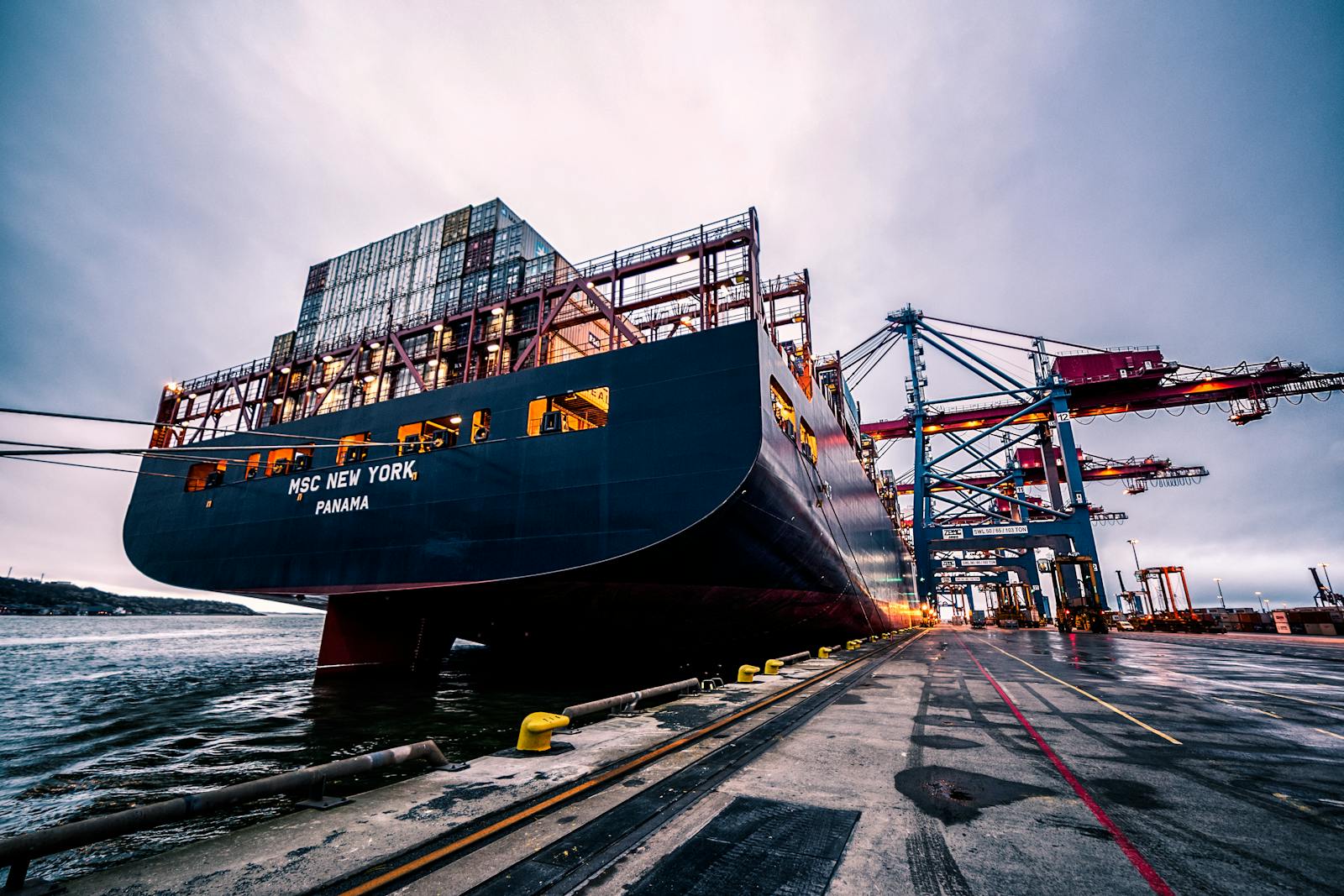The prospect of a strike across East and Gulf Coast ports is growing more likely as the White House has confirmed it will not invoke its legal powers to prevent potential disruption. This decision follows a letter from 177 trade associations urging the U.S. government to step in if negotiations between the International Longshoremen’s Association (ILA) and the United States Maritime Alliance (USMX) fail to resume.
The trade associations, representing a broad spectrum of businesses, stressed the devastating economic impact a strike could have. With inflation easing, the associations highlighted that a port strike would reverse hard-fought gains in stabilizing the economy. They called for immediate intervention, asking the White House to ensure negotiations resume and warning of the fallout a shutdown could cause.
While USMX welcomed the letter and echoed its sentiment, the ILA remains firm. ILA leader Harold Daggett has made it clear that unless all demands are met, his union is ready for action. He emphasized in a recent statement that the union has been preparing for a strike for over a year and is ready to mobilize on October 1 if a new master contract is not in place.
The U.S. government has limited tools to prevent a strike. The most prominent is the 1947 Taft-Hartley Act, which allows the president to request a court order for an 80-day cooling-off period if a strike is deemed a threat to national health or safety. However, the White House confirmed it is not considering this option, stating, “We’ve never invoked Taft-Hartley to break a strike and are not considering doing so now.”
Shippers have been advised to start planning for alternatives. Angel Rodriguez, president of ASF Air, warns that contingency plans should be implemented now. “Shippers should be discussing solutions, including air freight, to avoid disruptions to their production lines.”
Major shipping lines announced disruption surcharges. MSC, CMA CGM, and Hapag-Lloyd have all revealed additional fees for East Coast shipments starting in October. These surcharges are a precautionary measure in anticipation of potential delays and capacity constraints caused by the strike. Experts warn that the full impact of a port blockage may not be felt for weeks, with ripple effects expected to disrupt global supply chains, particularly as the pre-Chinese New Year rush approaches. The automotive and agricultural sectors in the US are especially vulnerable to potential export slowdowns, inventory shortages, and increased costs. Businesses are advised to plan ahead and consider alternative shipping options to mitigate the impact of any strike-related disruptions.
As the possibility of a strike looms, airfreight could see a surge in demand during Q4, likely leading to increased capacity constraints and rising prices. Shippers looking to maintain their supply chains should prepare for costly alternatives if a strike comes to pass.
Contact Edward J. Zarach & Associates for customized logistics solutions and strategies to stay ahead of potential supply chain disruptions. Our experts are ready to help you navigate the challenges of a potential ILA port strike and ensure your goods keep moving
